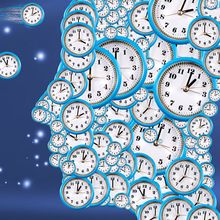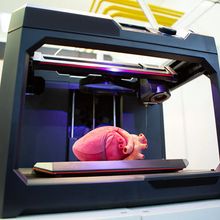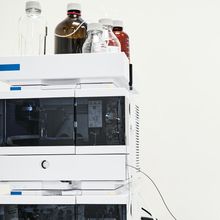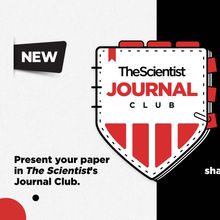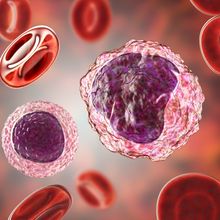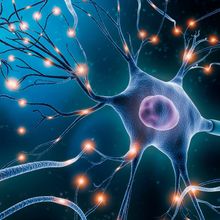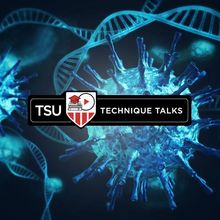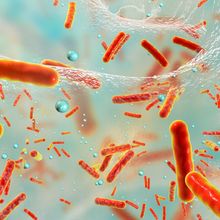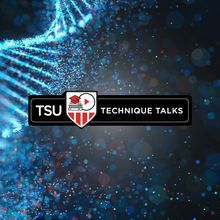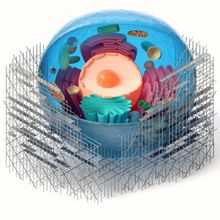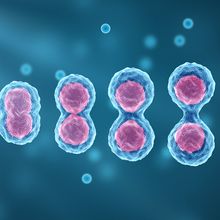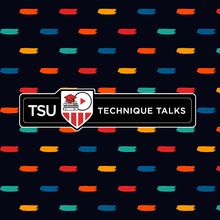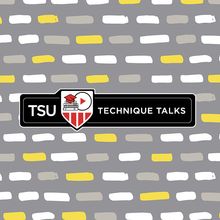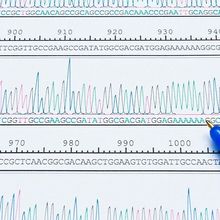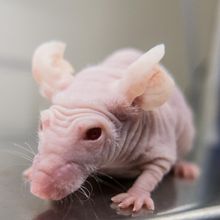TS University
TS University presents educational material to keep your experiments running smoothly and to keep you up to date. This series includes Technique Talks educational courses that answer the question, “How can I get this experiment to work?”; Brush Up Summaries that update you on new and ever evolving technologies and research fields; the TS Journal Club where you can present your latest paper and receive feedback from your peers; and Scientific Services to help you write, edit, and submit manuscripts for journal publication and to create figures, posters, and cover art for all of your scientific presentation needs.
